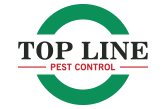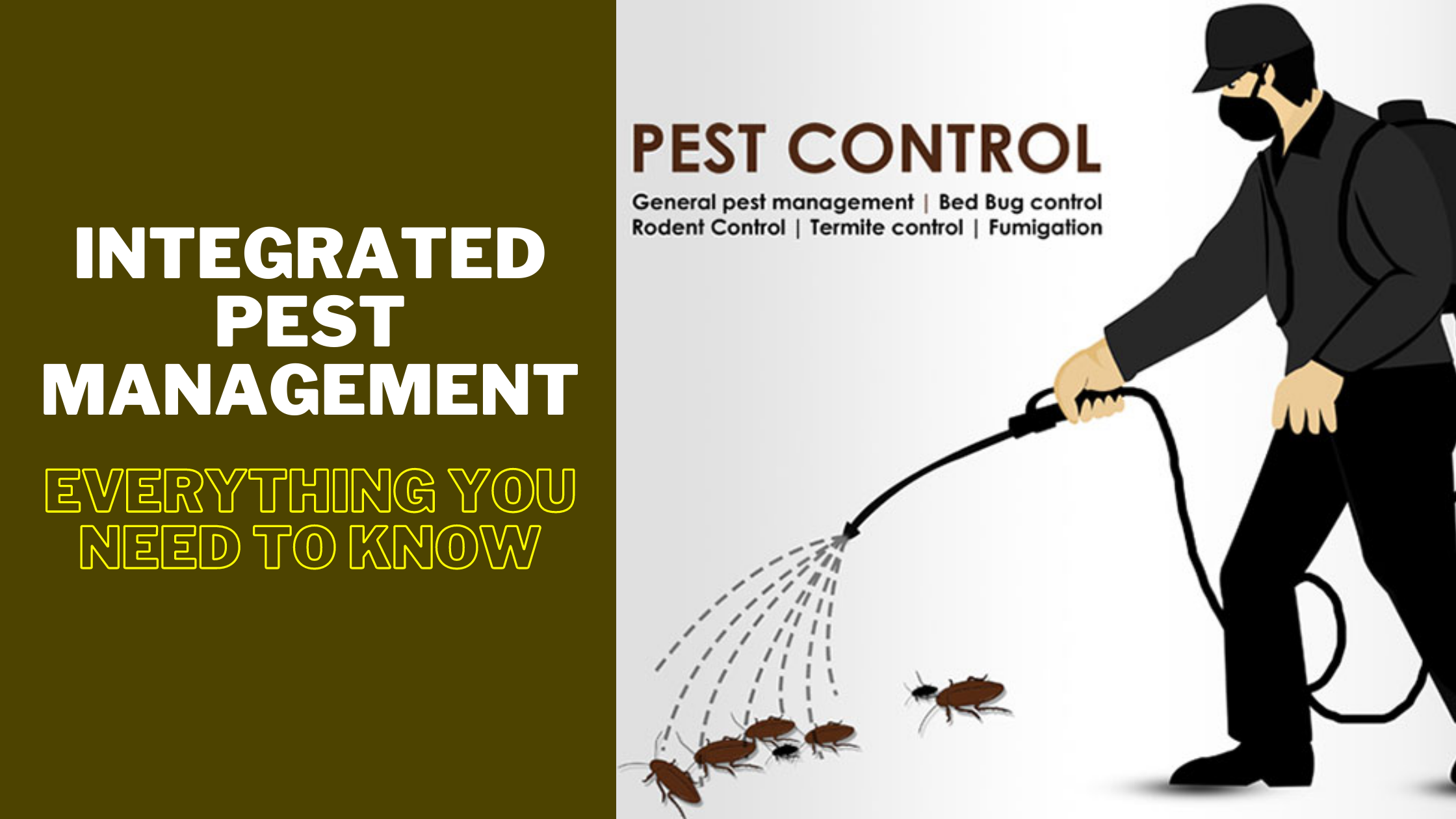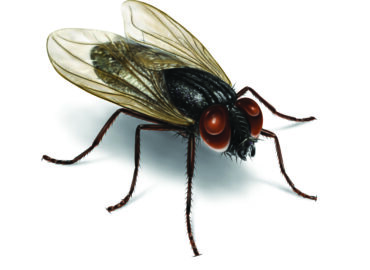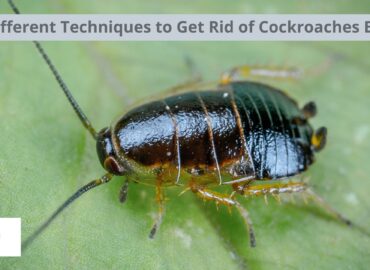Pests make our lives bothersome; sprinting and gathering around corners is not only frustrating but poses great risks to us too. If you leave the pests breeding at your home with no proper action, it will slowly contaminate your living environment. Pests are of different kinds, and so are their ways to control. You might have circumstances where you would need rat pest control or wasps pest control, or silverfish pest control.
Curbing the growth rate of pests has evolved with different techniques. Today, we have various methods to control the growth of pests in residential, commercial, industrial, and agriculture sectors. One of these essential methods to terminate pests is Integrated Pest Management (IPM). This method for pest shrinking is found in Vancouver pest control services, Surrey pest control services, and others across BC.
What is Integrated Pest Management (IPM)?
The United States framed the concept of Integrated Pest Management in 1972. It was then expanded in 1979 with the IPM Coordinating Committee. Today, this method of controlling pests is applied in agriculture and non-agriculture settings and is advocated by the UN’s Food and Agricultural Organization.
Integrated Pest Management infuses cultural, chemical, and biological methods to control the pests. It uses natural predators, also known as parasites, for controlling the pests. When natural practices do not work in shrinking the pests, there is the use of chosen pesticides.
The programs under IPM use relevant and prevalent knowledge about the life cycle of pests, crop thresholds of pests, and how they interact with the environment. Before executing these IPM programs, the users must be aware of these factors mentioned above. It is also to understand that IPM does not put off pesticide use entirely, but it only reduces its usage.
How does Integrated Pest Management (IPM) work?
We need to understand that IPM is not just one method but a cluster of pests limiting methods. Below are the patterns in which the IPM approach to managing pests works:
- Understanding action point and threshold: The IPM method requires an action point before it begins its execution. That is, it first understands conditions where pest control action is required. It means that one pest cannot demand the IPM action. There must be an understanding of when the growth of pests becomes a threat to homes, spaces, or fields.
- Knowing and recognizing pests: It is very important to know what the pest is before executing the action plan of IPM. Only when the pests are known and identified, the appropriate action is taken. This is needed as methods in IPM differ too. For instance, the method for silverfish pest control is different from pest control for squirrels. This also restricts the unwanted use of pesticides to solve the problem through natural practices.
- Prevention first: IPM programs prevent pests’ growth through simple methods before moving to grave actions. In agricultural settings, the farmers can prevent the pests’ growth through changes in growing crops. The simplest methods to prevent pests swelling in homes and other spaces are ensuring the windows are shut, food waste is disposed of properly, and the mess is reduced.
- Minor to major controls: Once all the small methods are applied and executed but bear no results, the IPM programs plan to use strong control methods. Again, the less hazardous methods are tried first. If these executions fail, then stronger plans are implemented to stop pests from growing.
It is how Integrated Pest Management is applied. It includes a range of tactics, from the smallest preventive measure to complex preventive techniques. This method is being successfully regarded as ideal silverfish pest control, rat pest control, ants pest control, and all the other insects which pose a threat. This Integrated Pest Management action is widely available across BC, including Vancouver pest control services, Abbotsford pest control services, and many more places.
If you want to know more about ambivalent pest control services and the latest methodologies inculcated, visit us on our website.
References:
https://en.wikipedia.org/wiki/Integrated_pest_management#History
https://www.epa.gov/safepestcontrol/integrated-pest-management-ipm-principles#what
https://pestsinthehome.extension.org/how-does-integrated-pest-management-work/



